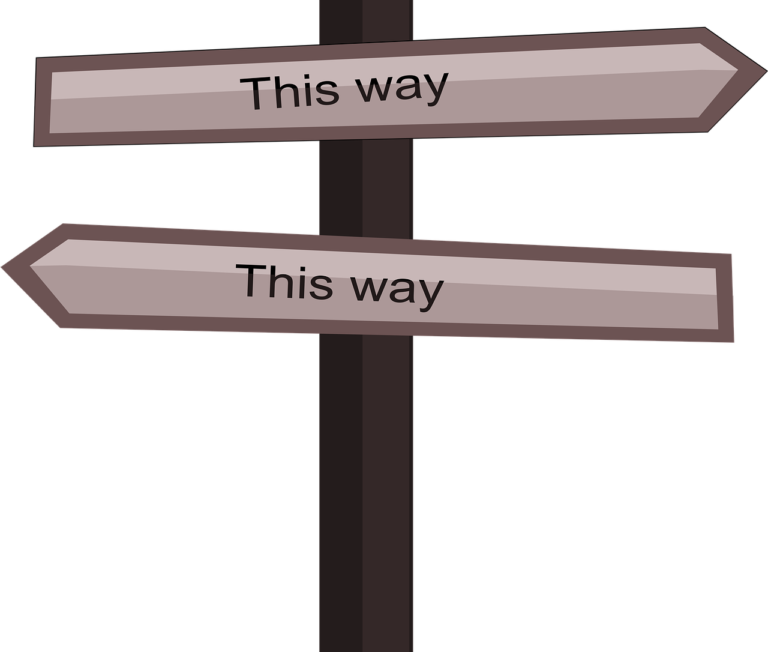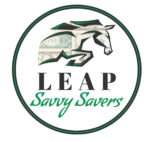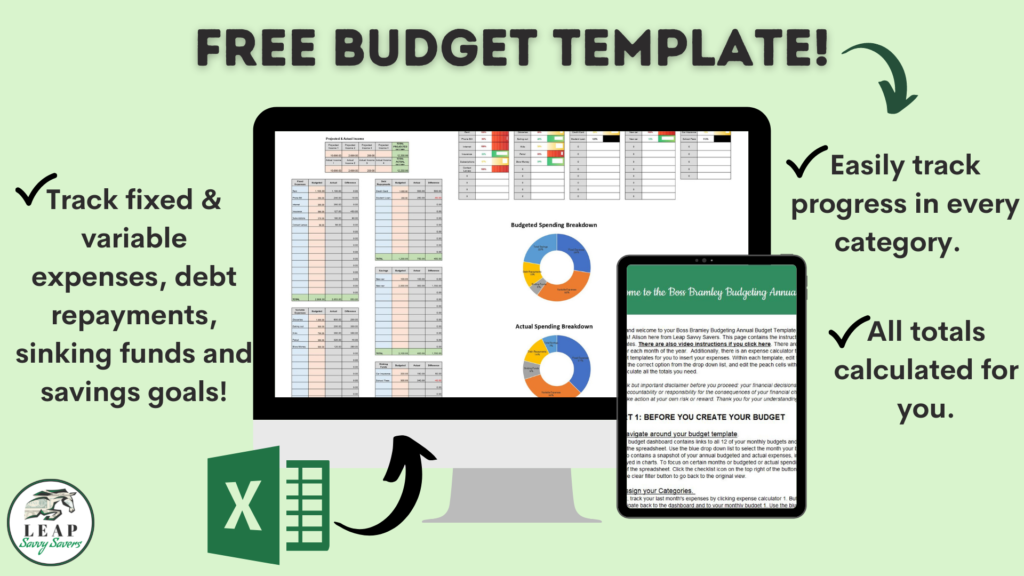Do you want to invest but feel overwhelmed by all the options and information? Perhaps you don’t know where to start? Not sure how to contribute to your retirement as an expat? Being an expat can come with many benefits, such as a tax-free salary, beach lifestyle and beautiful weather. However, nothing comes without a price and beware the cost of working in a GCC country: no pension contributions!
Often when we work in the UK or other European countries, we are legally obligated to contribute to a pension and employers often match these contributions. However, in the UAE, typical pensions are replaced by gratuity bonuses, paid out at the end of your service to the company. That means that YOU have to take control of your retirement accounts. No easy feat for many people, with all the temptations to spend your money now, live the YOLO lifestyle and put your ‘real life’ in your home country on hold for a while.

So, now you know that you have to take control of your day-to-day finances and your long-term retirement pot, how do you do that? After you have established a realistic budget and saved a 3–6-month emergency fund, the next step is to invest your money. But where? How? There are so many scams out there and it is often hard to know who you can trust. I know this all too well as I fell for one and invested in an expensive ‘savings plan’, sold to me on the premise that it was the ‘UAE equivalent’ of a UK pension scheme.
Is it impossible to find a decent platform to invest? No, there is hope. As an expat, you have two options for reliable and low-cost investing: the DIY approach or a robo-advisor. I am going to outline the pros and cons of both here and know that either option is a solid way into investing and building your retirement pot, but definitely do your due diligence and research into the options available to you, considering your personal circumstances and tax liabilities.

DIY approach
The do-it-yourself investing approach is where you take control of your retirement, from the amount you contribute to your risk tolerance to the funds you invest in. This is the lowest-cost form of investing as it is the most ‘passive’, that is you have the fewest amount of other people involved in the management of your money and funds. There are a few brokers to choose from if you are not a US or Canadian citizen (if you are, Charles Schwab may be a better option or buying directly from the Toronto Stock Exchange): Interactive Brokers, Saxo Bank and Swissquote are all popular options with expats.
I invest with Interactive Brokers and as far as I’m aware, all the aforementioned brokers are quite similar to each other in terms of the service they offer. Do your due diligence and research though before deciding what’s best for you. When choosing a broker, I would certainly check fees and pricing structure as well as SIPC protection (insurance in place to ensure that your funds are protected should the broker go bust). Once you have opened an account, verified your address and identity, you are ready to start investing.

Pros of using a DIY approach
+ Full control of your funds and account.
+ Low cost – your fees could be 0.3% of your total, which is very low compared to actively managed funds, which tend to charge 1%+
+ There are lots of books, podcasts, blog posts and courses available to help you choose a broker, set up an account, transfer your money, choose a fund and make a trade. You are definitely not going through this alone!
+ Once you have set up your account and chosen your strategy, very little time will be required to continue making trades and investing your hard-earned cash!
+ A wide range of ETFs available in different currencies.

Drawbacks of using a DIY approach
~ Does require time to learn about the stock market and set up your account
~ The DIY approach will require discipline to invest regularly and also to not panic sell. That is where communities like Leap Savvy Savers can help to support you
~ With all the information and options available, you may be subject to analysis-paralysis and set up your account but not actually invest at all or be tempted by all the other options available (forex or options trading for example). There is nothing wrong with those trading methods per se, but you do need to make sure you are fully informed about what you are doing rather than being subject to ‘shiny object’ syndrome. They also are higher risk trading strategies, so your capital could be at higher risk, therefore you may want to consider how much of your retirement funds you are willing to risk.
~ You are responsible for calculating your risk profile and rebalancing your account, which may require a higher level of self-awareness and discipline. Simply put, rebalancing your account means that if you have an allocation of 80% stocks and 20% bonds for example, but your stocks outperform your bonds, your portfolio becomes more of a 90% stocks and 10% bonds split. You then have to allocate more to the bonds to even up the allocation again to match your risk profile. It is not necessarily a difficult process, but does require knowing your risk tolerance well and having the discipline to rebalance.
Investing with a robo-advisor
A robo-advisor is an automated algorithm-driven platform that takes your information and invests for you. It is essentially a bridge between a DIY method and an actively managed account, where someone would select funds for you and rebalance for you. When someone manages your money for you, the fees are higher as you have to pay for their time. The genius of a robo-advisor is you get the benefits of an advisor without the high fees.
Essentially, you set up an account and answer a series of questions, and the algorithm uses the information to assess your risk tolerance and choose your funds, as well as rebalance your allocation. In the UAE, Stashaway is a DFSA (Dubai Financial Services Authority) regulated, easy-to-use platform. Once you’ve opened an account, verified your identity and answered a series of questions, you are ready to invest!

Pros of using a robo-advisor
+ Low fees – with Stashaway, fees are 0.8% on the first $25k and then they reduce as your portfolio gets higher. And they offer the first 6 months of investing totally free – what’s not to like about that?!
+ Free education available. The videos and articles are easy to read and digest and you can educate yourself while you invest, rather than educating yourself before investing and losing time in the market
+ Your diversified funds are selected for you based on your risk profile, so you don’t have to spend your weekends researching price ratios and domiciles etc. for yourself.
+ The platform rebalances for you so you can rest easy knowing that your portfolio will consistently match your risk profile.
+ You have the option to transfer AED directly to the Stashaway account and they will transfer it to USD for 0.08% on the spot rate, saving you on hefty transfer fees. You can also fund the account yourself using a bank transfer if you prefer, but you may incur transfer fees.
+ Unlimited, free withdrawals

Drawbacks of using a robo-advisor
~ Slightly more expensive than DIY option
~ At the moment, they only offer US-domiciled ETFs traded in USD. However, the USD is pegged to the dirham, so it makes sense to invest in dollars (I do). Also, as they grow and develop, they are likely to start offering a wider range of products.

Overall, both of these methods allow you to build wealth and the most important thing is that you get started investing now to build wealth for the future! Time in the market is the single biggest indicator for long-term wealth so make a decision and go with it. With traditional savings accounts giving a 0.05% interest rate (if you’re lucky), it’s riskier to not invest than to invest. All financial transactions carry risk, and I believe that these two methods are among the lowest for risk out there when you are investing your hard-earned cash to fund your retirement or your child’s education.
However, I am not a certified financial advisor, and you should always do your own research and due diligence. I hope this article has given you food for thought, but all information is based on my own research, experience and opinions so I cannot take accountability or responsibility for your decisions. Best of luck and do comment below – which investing platform do you prefer and why?
This page may contain affiliate links, which means that if you click a link and make a purchase, I might make a small commission at no extra charge to you. Click here to read the full disclosure and privacy policy.


